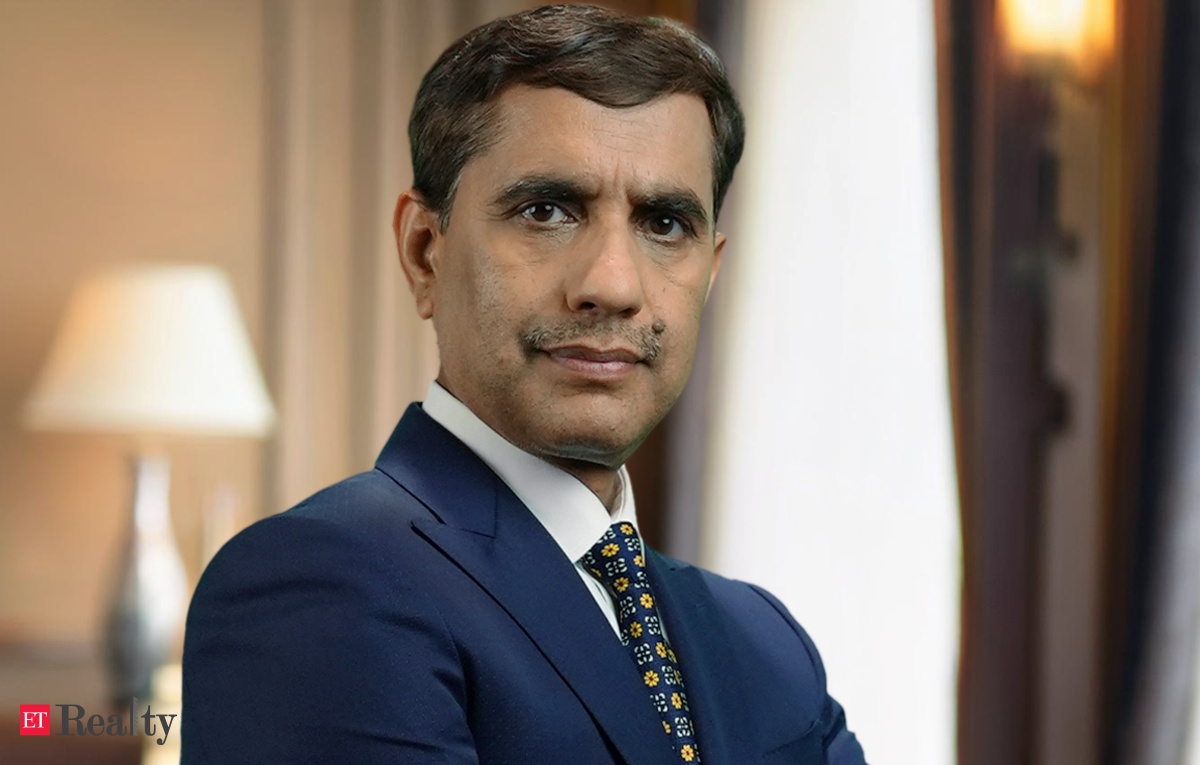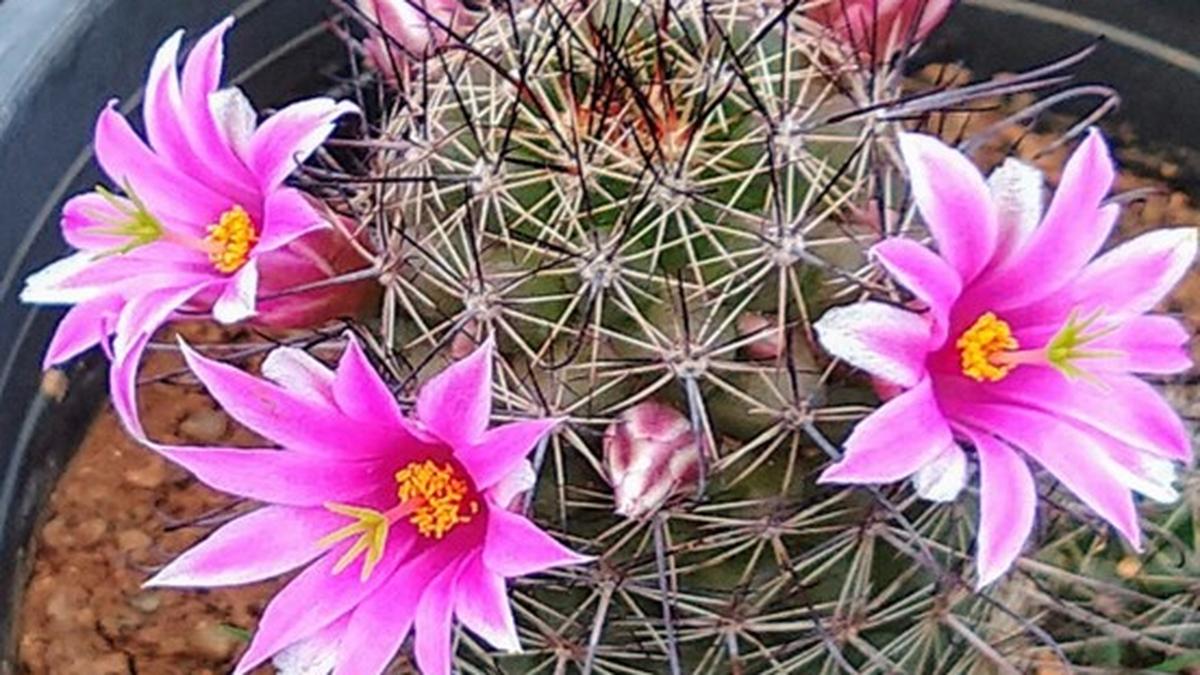NEW DELHI: JK Lakshmi Cement is targeting a capacity expansion from 18 million tonnes to 30 million tonnes by 2030, backed by ₹2,500–3,000 crore investment in the first phase and additional developments across Rajasthan, Gujarat, the East, and the North East.
In an exclusive interaction with ET Realty, Arun Shukla, president and director of the company, talked about his plans to scale adjacent businesses like AAC Blocks and RMC, aiming to double their revenue contribution to ₹1,000 crore within a year. He also discussed the ongoing subsidiary merger, expected to conclude by July–August 2025, and reaffirmed the company’s goal of achieving carbon net-zero status by 2047 through renewable energy, digitalisation, and waste reuse strategies. Edited excerpts:
What are your expansion plans?
Currently, we are at 18 million tonnes capacity. We want to reach 30 million tonnes of capacity by 2030. We have already announced some of the expansion projects. About 4.6 million tonne capacity will be added in the East by FY27-FY28. Apart from that, we have acquired mining lease rights in Nagore, Rajasthan and Kutch, Gujarat where we will add three million tonne capacity each.
We do have plans to set up our integrated grinding unit in the North East with about 2.5 million tonne capacity.
We also have plans to add a third line in the Udaipur Cement Works (UCWL) plant by FY29-FY30.
How much are you going to invest for this expansion?
As of now, we plan to invest about ₹2,500-3,000 crore to add 4.6 million tonne capacity. All other projects will be developed in phases.
What is your capacity utilization?
Cement industry’s average capacity utilization is around 65-69 per cent while we have always been over 75 per cent. One thing we need to understand is the cyclicity of this industry. During monsoon season demand goes down atleast by 30-35 per cent and during peak period, which is January to March, demand goes to maybe about 110-120 per cent. How are you going to manage that? If you do not have the capacity to meet the demand at its peak, you will lose business hence you have to have additional capacity.
Also, it takes about 4-5 years to establish a plant, hence we have to plan the capacity for the future. So I don’t think that you will find cement capacity utilization at 80-85 per cent and it’s always going to be about 70-75 per cent at max.
When do you expect subsidiaries’ merger to complete?
The board has approved the composite scheme of arrangement which provides for the merger of its subsidiaries viz Udaipur Cement Works (UCWL), Hansdeep Industries & Trading Company and Hidrive Developers & Industries into itself.
We have already applied to NCLT. First hearing of unsecured creditors has already happened. We expect the overall process to complete by July-August 2025.
How much does the premium product contribute to your revenue?
About 15 per cent of overall volume or over 25 per cent of trade portfolio while the rest comes from Green plus.
What’s your plan for adjacent businesses?
In the long-term, we want adjacent businesses such as AAC Blocks, ready-mix concrete (RMC), putty, white cement, tiles adhesive, primer, gypsum plaster, etc to contribute about 40 per cent to our revenue. Currently about ₹500-550 crore revenue comes from these verticals, which we want to take to ₹1,000 crore in the next one year.
We want to invest about ₹200-300 crore in AAC Blocks and RMC segments.
What is your current capacity for AAC Blocks?
We have four manufacturing plants for AAC Blocks, with each having a capacity of 10,000-12,000 cubic meter per month. We plan to add more plants and we may also look for acquisition to expand in this segment.
You signed ₹11,000 crore investment MoU with the Assam government. Can you share some details?
We will be investing about ₹11,000 crore in Assam in the next 7-8 years. This will be done in phases and on an immediate basis we plan to establish about 2.5 million tonne capacity grey cement plant in the region.
Majority of your competitors have been expanding quite aggressively in the last couple of years? What ambitions do you have and are there any impacts of increased competition?
Competition has been there forever, but wherever we are, we are quite relevant. In Rajasthan itself, we have a capacity of 10 million tonnes. So we are amongst the top three. In the East, we are present in Chhattisgarh and we are adding our capacity to expand further. In Gujarat, we have two grinding units in Ahmedabad and Surat. We are expanding our capacity in Surat, adding 1.3 million tonnes. We have already acquired and received the mining lease rights in Kutch. So, we want to be very relevant in the markets we are present in but we don’t want to scatter ourselves everywhere. So, I think we are going to match up with our competitors in every aspect.
What are your plans to be carbon-neutral?
We have taken a very ambitious target of becoming carbon net-zero by 2047. In order to achieve that, we have put different milestones in place. We are working on renewable energy solutions like solar and wind power. As of now, 49 per cent of our energy requirement comes from green sources which we want to increase to 52 per cent in the next 12-18 months. In our cement plant in Durg, we are utilizing 80 per cent of renewable energy.
We are also working on reducing our dependence on fossil fuels by using refused derived fuels (RDFs). We have put up facilities in our integrated unit wherein we are using municipal solid waste. 100 per cent of hazardous waste from auxiliary processes is recycled while 100 per cent of generated fly ash is used in blended cement production.
Thirdly, we are working on products which are more efficient and reduce carbon emissions like Green Plus, blended cement, limestone calcined clay cement (LC3).
We are also working to make our value chain more efficient. For instance, we have deployed technology like Artificial Intelligence and Machine Learning (AI/ML) in pyro processing operations and grinding units. We have put IoTs and sensors in critical equipment. We have digitalized our entire value chain through Oracle’s Supply Chain Management (SCM). We have started using EV-vehicles for transportation as well.
We have also started capturing scope-1, scope-2 and scope-3 emissions and we do have plans on how we are going to mitigate that.
What is your customers’ break-up?
About 58-60 per cent comprises individual buyers, about 20-25 per cent comes from infrastructure and the rest 10-15 per cent comes from industrial/commercial.
Source Homevior.in




